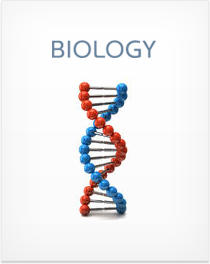Evolutionary Biology
This section covers the following topics
- Natural selection
- Evidence for evolution
- Directional, stabilizing and disruptive selection
- Allopatric and sympatric speciation
- Hardy-Weinberg equations and population genetics
Section Summary
Natural selection is a change in allele frequencies over time. Individuals in a population are different and competition for resources means that some individuals will reproduce less than others. As a result, certain alleles may be more or less prevalent in subsequent generations.
Evidence for evolution can be found in the fossil record, which shows how organisms have changed over time. Similarities between organisms support the idea of a common ancestor. These similarities are shown by DNA sequencing, parallel development of early embryos and the presence of homologous structures.
Populations can experience directional, stabilizing or disruptive selection, which involves selection for individuals with traits at one extreme, individuals that are most average or individuals at either extreme, respectively.
Speciation occurs when populations become reproductively isolated and evolve in different directions. If individuals from the two populations can no longer create fertile offspring, they belong to different species. Reproductive isolation can be allopatric, caused by geographic isolation, or sympatric, the result of other factors.
Hardy-Weinberg equilibrium and equations provide ways to answer problems involving population genetics. Phenomena such as the founder effect, the bottleneck effect or gene flow can cause changes in the allele distribution within a population.
Evolution
Overview
The theory of evolution began with the work of Charles Darwin, who observed differences among animals of the Galapagos Islands. Evolution offers a framework for understanding how species develop.
Natural Selection
Here’s the question: how do species evolve? This is actually a fairly complicated... Sign up to continue reading Evolutionary Biology >
